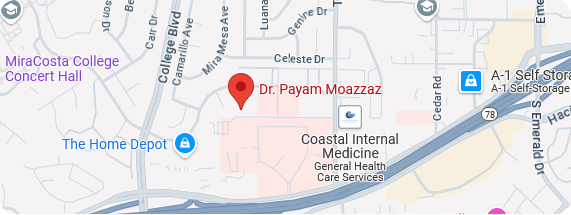- Spine Anatomy
- Spine Conditions
- Spine Procedures
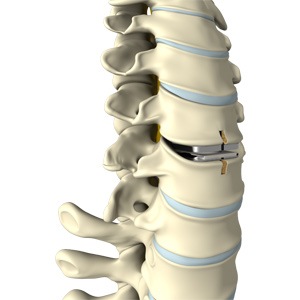
Artificial Disc Replacement
Artificial disc replacement is a surgical procedure in which an intervertebral disc in the lumbar (lower back) or cervical (neck) regions is replaced with a synthetic disc. Artificial disc replacement is used when our spine discs have been injured past the point of repair.
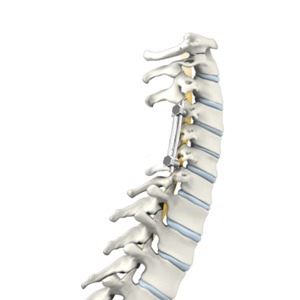
Cervical Fusion
Cervical spine fusion is a surgery performed to fuse weak cervical vertebrae with adjacent vertebrae to provide stability and prevent injury to the spinal cord. A cervical spine fusion may be indicated to stabilize injuries and prevent fracture and spinal cord damage and to treat misalignment of the vertebrae, herniated discs, arthritis, tumor, deformities, and infection.
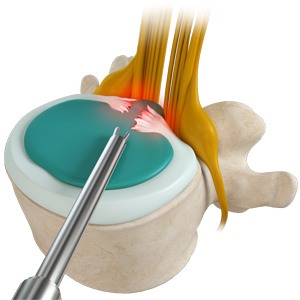
Discectomy
Discectomy surgery is performed when a patient suffers from herniated discs, a condition that affects millions of people worldwide. And many of these patients report severe and debilitating pain that harms and affects their quality of life.
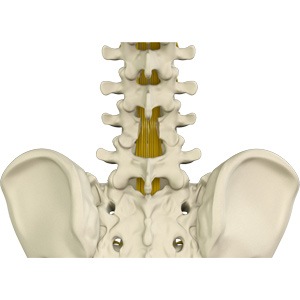
Laminectomy
A surgical procedure known as a laminectomy (also known as decompression surgery) alleviates pressure in the back through the removal of the lamina; the portion of the vertebra that conceals the spinal canal. This surgical procedure actually widens the spinal canal to alleviate undue pressure against the spinal cord or nerves.
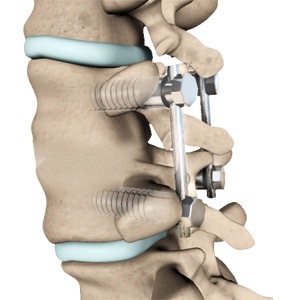
Lumbar Fusion
Spinal fusion, also called arthrodesis, is a surgical technique used to join two or more vertebrae (bones) within the spine. Lumbar fusion is the procedure of fusing the vertebrae in the lumbar portion of the spine (lower back).
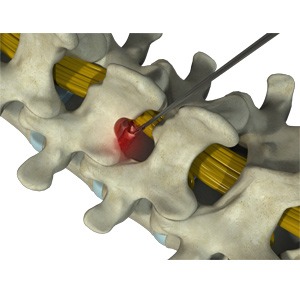
Microdiscectomy
The spine is made up of small bony segments called vertebrae. These vertebrae are categorized into cervical or neck vertebrae, thoracic or upper back vertebrae, lumbar or lower back vertebrae and the sacrum within the pelvis.
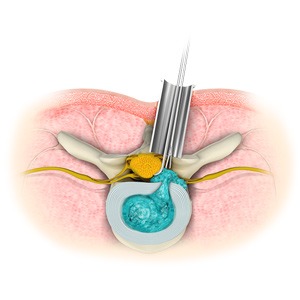
Minimally Invasive Spine Surgery
The main objective when performing minimally invasive spine surgery is performed to relieve pressure that is causing the spinal nerves or spinal cord to fire with extreme pain and/or to stabilize the vertebral and spinal joints.
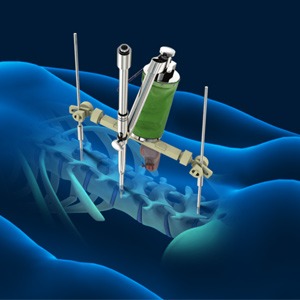
Robotic Spine Surgery
Robotic spine surgery represents the highest level of precision, safety, and recovery for minimally invasive and open spine surgical options. Through the use of ultra-modern imaging technology, which creates a computerized tomography scan (CT scan), surgeons can pre-plan their patients spine to diagnose and pinpoint the health issue that needs to be addressed.

Spinal Fusion Surgery
Spinal fusion surgery is aminimally invasive surgical procedurein which two or more vertebrae in the spine are fused to reduce motion between the vertebrae that are elicitingpain. Spinal fusion surgery can beused to remedy a deformity or tomend a fracture.
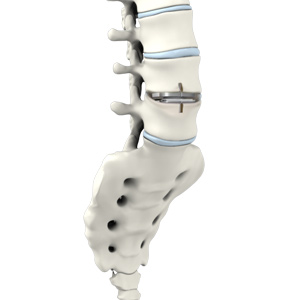
Lumbar Artificial Disc Replacement
Lumbar artificial disc replacement is a surgical procedure employed to remove and replace a damaged or worn out disc in the lumbar or lower part of your spine that has become painful and debilitating with an artificial or synthetic disc.

Prodisc L Disc Replacement
Total Disc Replacement (TDR) may be a solution for some patients with degenerative disc disease as an alternative to spinal fusion-providing the possibility for motion in the affected area.
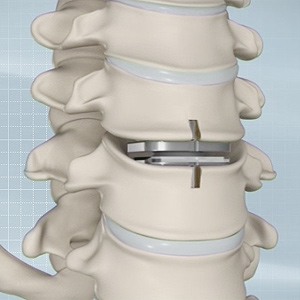
Artificial Cervical Disc Replacement
The cervical spine is located in the neck region and consists of seven bones arranged one on top of the other. Cushioning tissue called vertebral discs located between the vertebrae act as shock absorbers, allowing easy movement of the neck.

Prodisc C Disc Replacement
Total Disc Replacement (TDR) may be a solution for some patients with degenerative disc disease as an alternative to spinal fusion-providing the possibility for motion in the affected area.

iFuse Implant System
Dr. Payam Moazzaz is trained in the latest minimally invasive surgical (MIS) techniques, including use of the iFuse Implant System® from SI-BONE®, Inc., a medical device company pioneering MIS sacroiliac (SI) joint treatment.
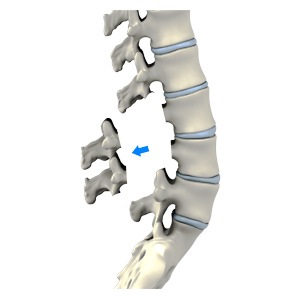
Lumbar Laminectomy
Lumbar laminectomy is a spinal surgery to relieve excess pressure on the spinal cord or nerves within the spinal canal in the lumbar or lower back region. The pressure may be caused by bony overgrowths, herniated discs, injury, tumors, or narrowing of the spinal canal resulting in painful symptoms affecting a person’s ability to perform normal day to day activities.
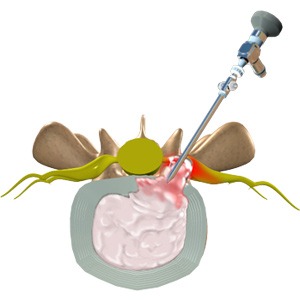
Lumbar Microdiscectomy
Microdiscectomy is a surgical procedure employed to relieve the pressure over the spinal cord and/or nerve roots, caused by a ruptured (herniated) intervertebral disc. A herniated disc, common in the lower back (lumbar spine) occurs when the inner gelatinous substance of the disc escapes through a tear in the outer, fibrous ring (annulus fibrosis).
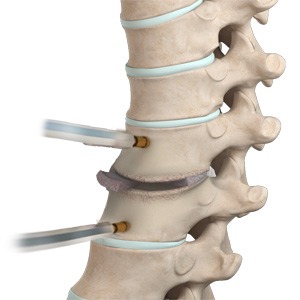
Thoracic Discectomy
The human spine provides support to the body allowing you to stand upright, bend, and twist. The spine can be broadly divided into the cervical, thoracic, and lumbar spine. The thoracic spine lies in the mid-back region between the neck and lower back and is protected by the rib cage.
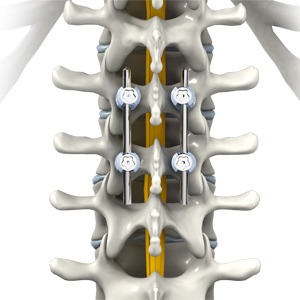
Thoracic Spine Fusion
Thoracic spine fusion is a surgical procedure in which two or more bones (vertebrae) of the thoracic spine are joined together so as to eliminate the movement between them. The thoracic spine is the center part of the spine and is formed of 12 vertebrae.
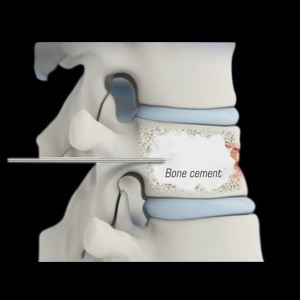
Thoracic Kyphoplasty
Thoracic Kyphoplasty is an elective surgery in` the mid spine or thoracic region to repair a vertebral compression fracture causing severe back pain and a hunch back appearance condition called kyphosis.
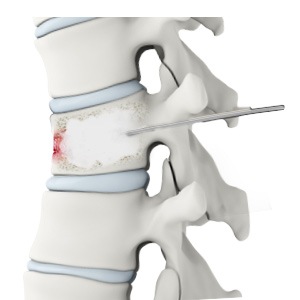
Thoracic Vertebroplasty
Thoracic vertebroplasty is a minimally invasive procedure performed to reduce or eliminate pain caused by vertebral compression fractures. It stabilizes the fracture and prevents further collapse of the vertebra, averting deformity.
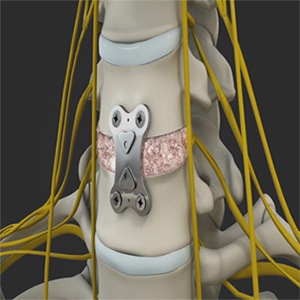
Anterior Cervical Discectomy with Fusion (ACDF)
Anterior cervical discectomy with fusion is an operative procedure to relieve compression or pressure on nerve roots and/or the spinal cord due to a herniated disc or bone spur in the neck. The vertebra is approached from the front (anterior) of your neck.
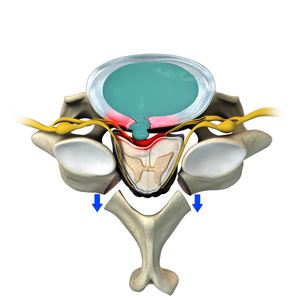
Posterior Cervical Laminectomy and Fusion
Injury or wear-and-tear can cause parts of the cervical vertebrae in the neck region to compress the nerves of the spinal cord, leading to pain, numbness, or tingling in the part of the body that the nerve supplies.
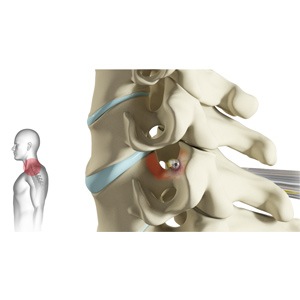
Cervical Foraminotomy
Cervical foraminotomy is a surgical procedure performed to relieve the symptoms of a pinched or compressed spinal nerve by enlarging the neural foramen, an opening for the nerve roots to exit the spine and travel through the body.


